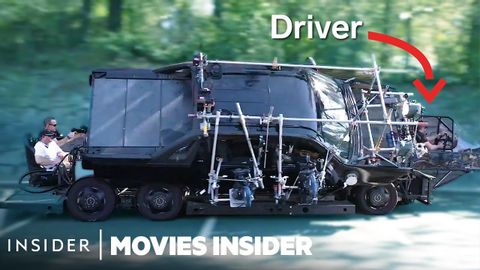How Car Chase Scenes Have Evolved Over 100 Years | Movies Insider
joey joey が 2021 年 05 月 26 日 に投稿  この条件に一致する単語はありません
この条件に一致する単語はありませんUS /ɪˈluʒən/
・
UK /ɪ'lu:ʒn/
US /tɛkˈnik/
・
UK /tekˈni:k/
- n. (c./u.)技術 : 技巧 : テクニック;技能;技法
US /ˈbesɪkəli,-kli/
・
UK /ˈbeɪsɪkli/
US /ˈkærəktɚ/
・
UK /'kærəktə(r)/
- n.(物語 : 映画 : 演劇などの)登場人物;文字;性格 : 性質;変わっている人;評判
エネルギーを使用
すべての単語を解除
発音・解説・フィルター機能を解除

